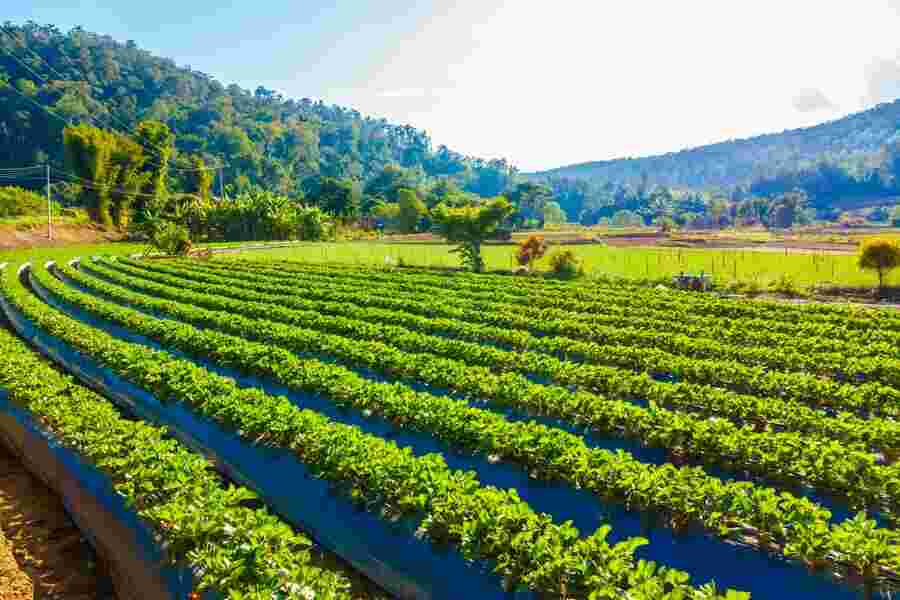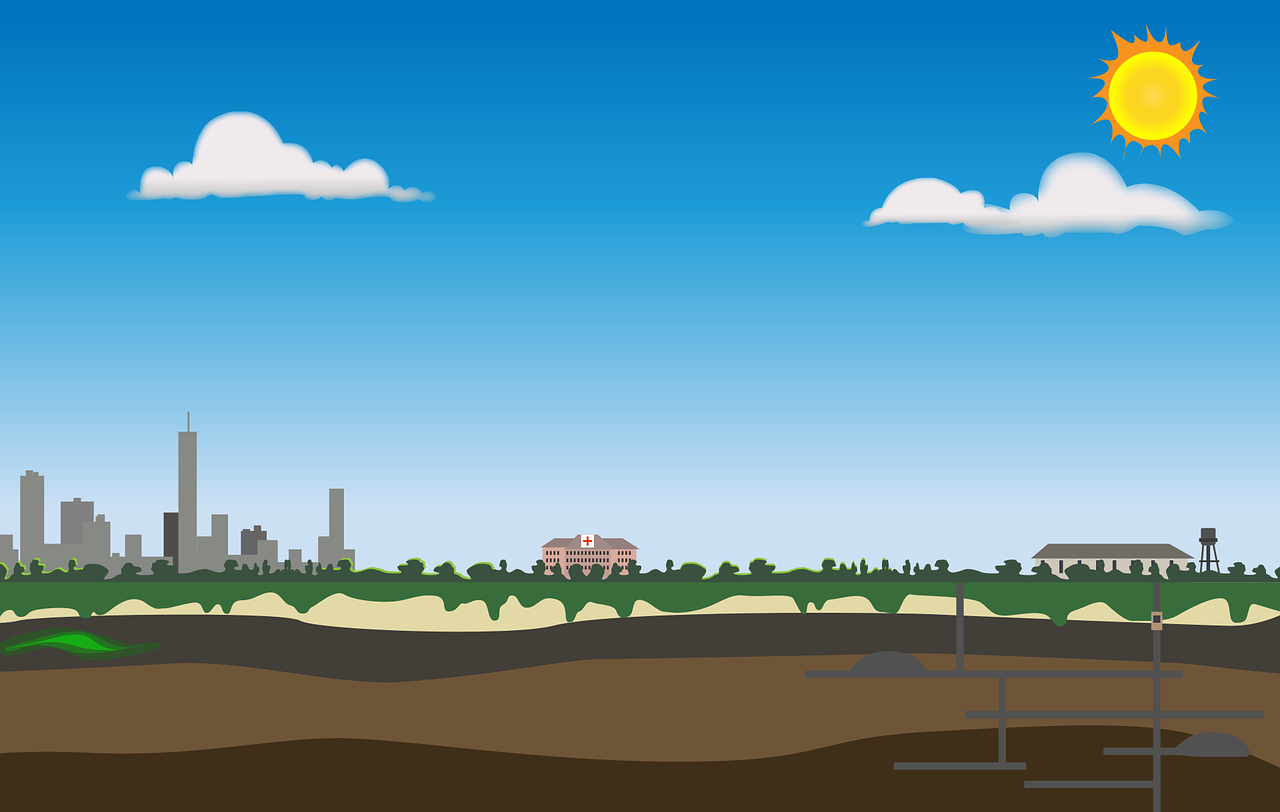Land Reform Definition: A Complex Investigation of Justice and Fairness
Land reform definition represents more than just a policy; it is a significant societal initiative that merges economic needs with social justice. Its primary goal is to break down long-standing disparities in land ownership and management, aiming for a more equitable allocation of resources. This endeavor involves recalibrating land ownership structures, modifying legislative frameworks, and launching initiatives to ensure fair access to this essential resource.
The extent and execution of land reform differ greatly, shaped by the distinct socio-political and economic landscapes of each nation. I have described the concept of land reform definition in detail below:
Understanding Land Reform Definition
At its core, land reform is a deliberate and organized modification of land ownership patterns. It includes a variety of policies designed to address historical wrongs, reduce socio-economic gaps, and enhance agricultural productivity. Even though the details may vary, depending on cultural and historical backgrounds, the central principle remains consistent: to generate an inclusive, sustainable, and equitable system of land usage.
In land reform definition or what is meant by land reform, a major concept prevails: “What is land redistribution?”. It means to give the land to landless peasants after confiscating lands from landlords.
According to the Food and Agriculture Organization (FAO) of the United Nations, land reform definition includes “the land redistribution or rights in land for the advantage of the landless, occupiers, and farm laborers.” This definition of land reforms highlights its function as a means to lessen poverty, improve livelihoods, and authorize deprived groups.
A Historical Perspective on Land Reform

The origins of land reform can be traced back to periods of feudal control, colonial exploitation, and concentrated ownership of land. Throughout history, land ownership has frequently represented power and privilege, igniting movements and revolutions aimed at redistributing this vital resource.
1. Feudal Control: In medieval Europe, large areas of land were held by the nobility, with peasants facing exploitative labor practices. Over time, social and economic turmoil led to the decline of feudalism and the implementation of redistributive land measures.
2. Colonial Exploitation: Colonizers in Africa, Asia, and Latin America seized extensive lands, displacing native populations. Reform efforts following independence in these areas sought to rectify the oppressive legacy of colonialism.
3. Revolutionary Triggers: Major revolutions in Russia, China, and Mexico were frequently accompanied by extensive land reforms that dismantled feudal systems and empowered farming communities. Some people ask, Has Mexico always had a peasant economy? So its answer is yes.
Objectives of Land Reform
The aims of land reform are diverse and vary in their execution. Fundamentally, it seeks to:
1. Foster Fairness and Justice: By addressing past injustices, land reform empowers marginalized populations, contributing to societal equilibrium.
2. Stimulate Economic Development: Reallocating and optimizing land use can boost agricultural output and invigorate rural economies.
3. Alleviate Poverty: By providing land access to those without it, reforms promote self-sufficiency and elevate living conditions.
4. Promote Political Stability: Equitable land distribution can reduce social tensions, mitigating conflict over resources and enhancing national unity.
5. Advocate for Sustainability: By promoting sustainable practices, land reform aims to prevent ecological harm and support conservation efforts.
Different Types of Land Reform
Land reform takes various forms, customized to tackle distinct challenges and objectives:
1. Redistributive Policies: The transfer of land from wealthy owners to disadvantaged communities is a defining feature of land reform. For example, Zimbabwe and South Africa launched redistribution initiatives to rectify colonial-era disparities.
2. Tenure Safety: Reviewing land tenure laws offers legal safeguards for tenants, eradicating exploitative practices and recognizing traditional land rights.
3. Land Merging: In regions suffering from fragmented land possession, integration of plots into larger units can increase agricultural productivity and capability.
4. Possession Ceilings: Applying limits on land ownership helps to avoid excessive accumulation, enabling relocation to those without land.
5. Resettlement Programs: Moving disadvantaged families to newly developed or acquired lands often involves providing infrastructure support and capacity-building initiatives.
Obstacles to Implementation
Despite its potential for transformation, the execution of land reform encounters numerous challenges:
1. Opposition from Powerful Elites: Wealthy landlords frequently resist redistributive struggles, using their power to slow down or hamper reforms.
2. Managerial and Financial Challenges: Fruitful land reform requires robust administrative structures and significant financial resources, which many countries find tough to secure. Here we can put the example of Pakistan, where four land reform policies were formulated, but due to administrative difficulties, these land reforms could not be implemented.
3. Legal and Official Insufficiencies: Obsolete legislation and unproductive institutions can hinder the enactment and enforcement of land reforms. This phenomenon is opposite to the land reform definition. Here we can put the example of India, where land reforms were implemented during the early few years of independence after 1947.
4. Cultural and Societal Opposition: Deep-seated traditions and social standards often repel changes to prevailing land tenure systems. This philosophy is against the land reform definition.
5. Environmental Effects: Ill-managed resettlement or rearrangement can lead to problems like deforestation, erosion, and unsustainable land.
Examples of Land Reform
1. China: Following 1949, China implemented radical reforms that transferred land from landlords to peasants, radically altering rural dynamics and driving economic change. This was done according to the land reform definition.
2. India: If we talk about land reform in India. After achieving independence, India’s land reforms pulled apart the Zamindari system, delivered tenant protections, and established possession ceilings, even though results have been unpredictable but close to the land reform definition.
3. South Africa: The land reform struggles post-apartheid wanted to correct racial disparities in land ownership but met slow progress and bureaucratic worries that hindered achievement.
4. Bolivia: In the 1950s, Bolivia’s revolutionary government reallocated land to native populations, transforming the country’s agrarian landscape. In the same way as Cuban land reform.
Conclusion
Talking about land reform definition, it serves as a base for justice, economic progression, and environmental stewardship. However, the methods and effects can differ, but the core principle remains: encouraging a more just and justifiable land system. Despite the challenges, efficacious land reform has the potential to modify societies, elevate marginalized groups, agricultural development and make a pathway for a supportable future.
What is the land reform definition?
Land reform definition refers to the procedure of changing land possession, distribution, and administration to tackle systemic disparities and increase access for deprived groups.
What are the primary goals of land reform?
The main goals consist of:
• Tackling inequalities in land ownership.
• Empowering disadvantaged communities.
• Improving agricultural efficiency.
• Encouraging environmental sustainability.
• Decreasing poverty and stimulating economic growth.
In what ways is land reform executed according to the land reform definition?
Land reform can take different forms, such as:
• Redistributing land from large landowners to those without land.
• Changing tenure systems to ensure land rights for tenants.
• Consolidating fragmented plots for improved agricultural use.
• Implementing land ceiling regulations to stop excessive accumulation of land.
What is the link between land reform and political stability?
Fair land distribution helps to reduce conflicts over resources and social unrest, promoting a sense of equity and stability in society.
Can land reform correct historical unfairness?
Yes, land reform frequently proposes to address historical inequities halting from colonization, feudalism, or unfair policies by reallocating land to those who were historically marginalized.
Who stands to increase the maximum from land reform?
The main recipients are typically landless persons, tenant farmers, native communities, and marginalized groups who receive admittance to land and properties.



